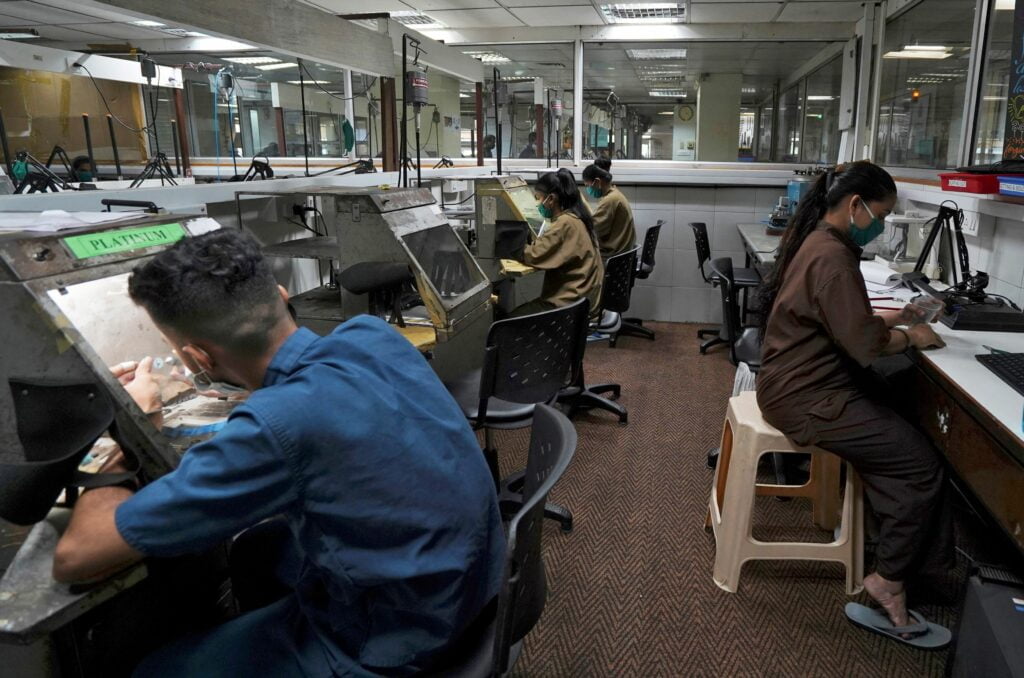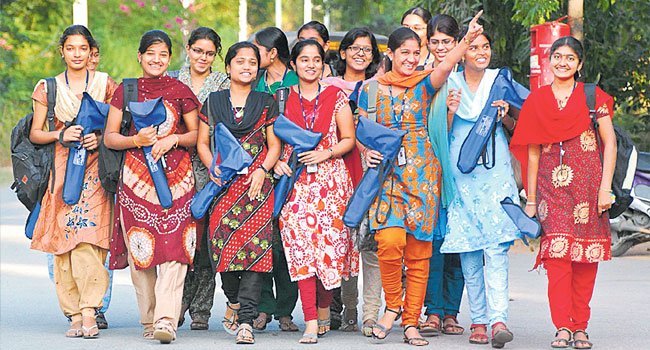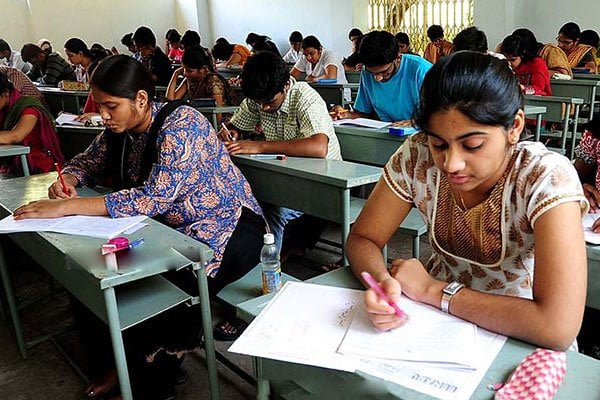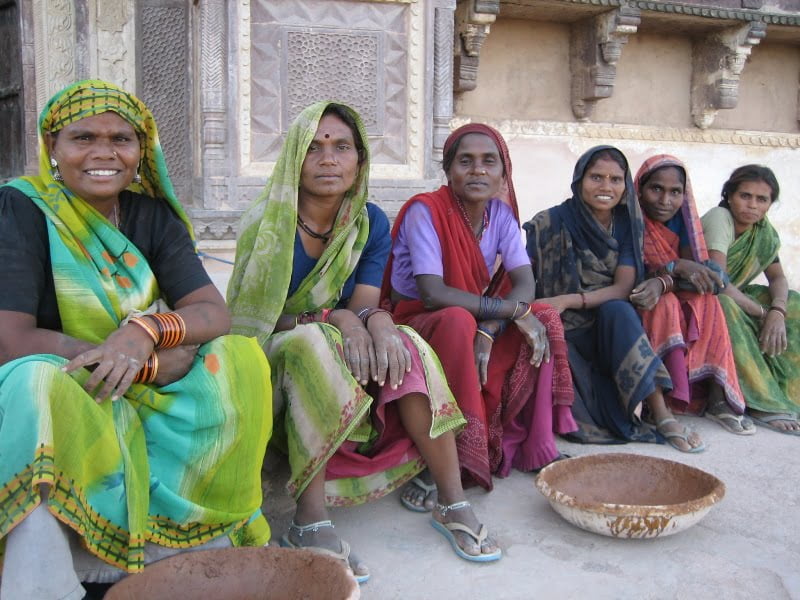The Wheebox India Skills Report (2023) investigates the demand and supply of talent as well as the hiring intent of various jobs. Fortunately, in India, recent reports show that the employable talent of young people has leapt from 46.2 per cent to 50.3 per cent which is a commendable improvement.
The percentage of employable women has increased to 52.8 per cent, racing ahead of men’s employment at 47.2 per cent. While these statistics seem to have potential, it is not enough. It could be so much more. Currently, in the global workforce in Science, Technology, Engineering and Math (STEM), women represent only a mere 28 per cent.
Through common logic, India can double its economy if it simply makes use of the half of the population that remains unemployed or informally employed. By focusing on the training of women in STEM there will be a development of skills, and entrepreneurial spirit leading to a growth in women- lead start-ups and businesses in technology.

According to the Report, Andhra Pradesh has the highest number of internship seekers at 93.50 per cent, showing great drive and capability, especially for the youth. The state is also at the top with the maximum women workforce followed by Tamil Nadu, Karnataka, Maharashtra and Uttar Pradesh. They also came in third with the available English skills and women’s employability and fourth in the highest employability
So, how did this state come up so high in the Skill Report? This change was brought about by a hands-on approach to developments made in the education curriculum by the Andhra Pradesh State Council of Higher Education. There was an introduction of a mandatory 10-month internship into the degree programmes which was aimed at exposing students and immersing them in the work culture.
“We redesigned the curriculum of the conventional degree programmes and professional degree programmes by incorporation of a 30 per cent skill component, besides introducing market-oriented degree and vocational programmes,” said APSCHE Chairman K. Hemachandra Reddy.
1,95,245 students have successfully completed two-month-long internships in both physical and virtual modes and 1,08,102 students have completed their community service project. The English skills of the students have also increased in capability, as bilingual textbooks were published to help the learning process go more smoothly from Telugu to English.

There are several reasons why internships are so highly beneficial to students and help to develop the all-around capability of the future workforce. Through the application of skills in the real world, one connects through experiences and will be more inclined to explore those career paths that they are interested in and can specialise in. Networking is critical, with other interns, professionals, and specialists in the field. This also increases the student’s confidence while interacting with more people in the industry they see as a future.
“Internships can provide students with the soft skills needed in the workplace and in leadership positions. In a LinkedIn Skills Report (2018), 57 per cent of people rated soft skills as being more important than technical skills. Skills, such as communication, leadership, problem-solving, and teamwork can all be learned through an internship and utilised beyond that experience“, states SUNY. After graduation, employees do look for some sort of professional experience, entry-level jobs, and internships. It gives students an edge over simply having theoretical knowledge and basic skills.
Also Read: The Art And The Artist: The Situation Of Weavers In Santipur Of West Bengal
It is also important to note the effect that the pandemic has had on women’s employment. In India, there were sharp negative income shocks experienced by many households which resulted in more women taking up work. However, this change was only transitory in nature and once the effects of the pandemic wore out, so did the increase in women’s employment.

This implies that women’s labour is often looked at as insurance or security during hard times, especially for households with smaller incomes. Too often does the task of typically ‘feminine‘ gender roles of being a homemaker, a cook, or a cleaner get roped into the ‘duties‘ of women or lowly paid jobs. Women are taken for granted for the work that they do when their free labour is the backbone on which this economy rests. In many developing countries such as India, there is a high concentration of women in the informal sector and they often seek out home-based work opportunities that allow them to balance their ‘domestic duties.’
In Andhra Pradesh, there are a substantial proportion of women who are self-employed both in the rural as well as urban set-up as account workers, or unpaid helpers, respectively. However, in urban areas, the number of women employers is higher than that of the national average, bringing out the enterprising nature of the urban women of Andhra Pradesh.
Also Read: Is Commercialisation A Boon Or A Bane For Domestic Workers?
Another important contributor to employment in the state was the MGNREGA scheme, a major contributor to casual employment, accounting for most public work employment. In Andhra Pradesh, the agricultural sector is the main source of employment with the share of women workers being the highest here. A large number of rural women also find employment in manufacturing, construction, service and trade while in urban areas the highest sector with women workers in the service sector, followed by the manufacturing sector and finally trade, hotels, and restaurants.

Although there is an increase in the employment of women, this does not always necessarily mean better working conditions. PLFS 2017-18 data reveal that a high proportion of regular women workers in urban areas are working without a written job contract, paid leaves or any social security benefits. This implies that there is mainly a substantial presence of informal employment, leaving room for error and causing slow development.
Also Read: The Gaze Set On Female Labour Force Participation In India
On average, women workers earn much less than men across forms of employment. However, the gender earnings gap is most skewed amongst self-employed workers, the PLFS data shows. Among salaried workers, women earned Rs 14,678 per month on average in the Apr-Jun 2022 period, while men earned Rs 19,722 per month (1.3 times that of women). Those who worked as casual labour earned much less in general, but here too, men earned more on average. The average daily wage for women working as casual labour was Rs 272, while men earned Rs 408 on average (1.5 times that of women), states The Wire.
The introduction of new immersive techniques in Higher Education does provide a beacon of hope for the improvement of greater potential to be employed in Andhra Pradesh. With the proper development of skills and entrepreneurial spirit, increase in the number of women in STEM and formalisation of employment in the economy.






